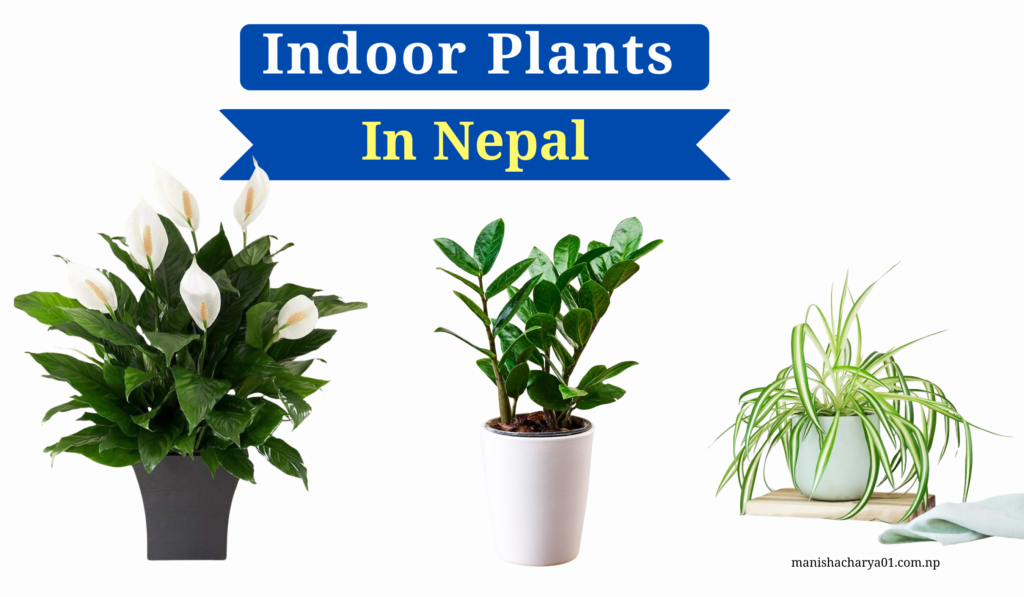Indoor plants are perfect for adding a touch of green to your home. Indoor Plants In Nepal, their popularity is growing as people seek natural ways to improve air quality and decor. Find out how to choose and care for the best indoor plants.
Indoor Plants in Nepal
Here’s a listing some common types of indoor plants found in Nepal along with their benefits:
| Type of Indoor Plant | Benefits |
|---|---|
| Areca Palm | Improves air quality, increases humidity, and enhances aesthetics. |
| Snake Plant (Sansevieria) | Releases oxygen at night, removes toxins like formaldehyde, and is low-maintenance. |
| Peace Lily | Purifies the air by removing mold spores, benzene, and carbon monoxide. |
| Money Plant (Pothos) | Attracts positive energy (as per belief), purifies the air, and thrives in low light. |
| Spider Plant | Filters indoor pollutants like carbon monoxide, formaldehyde, and xylene; easy to care for. |
| Aloe Vera | Offers medicinal benefits (soothing burns and skin care), improves air quality. |
| Rubber Plant (Ficus Elastica) | Absorbs toxins, increases humidity, and adds a bold, modern look to interiors. |
| Succulents (e.g., Jade Plant, Cactus) | Require minimal care, ideal for small spaces, and believed to bring good luck (Jade Plant). |
| Ferns (e.g., Boston Fern) | Increases humidity, improves air quality, and adds a vibrant, natural vibe to rooms. |
| ZZ Plant (Zamioculcas) | Low maintenance, purifies air, and thrives in low-light environments. |
Here’s a detailed explanation of each indoor plant in Nepal:
Areca Palm
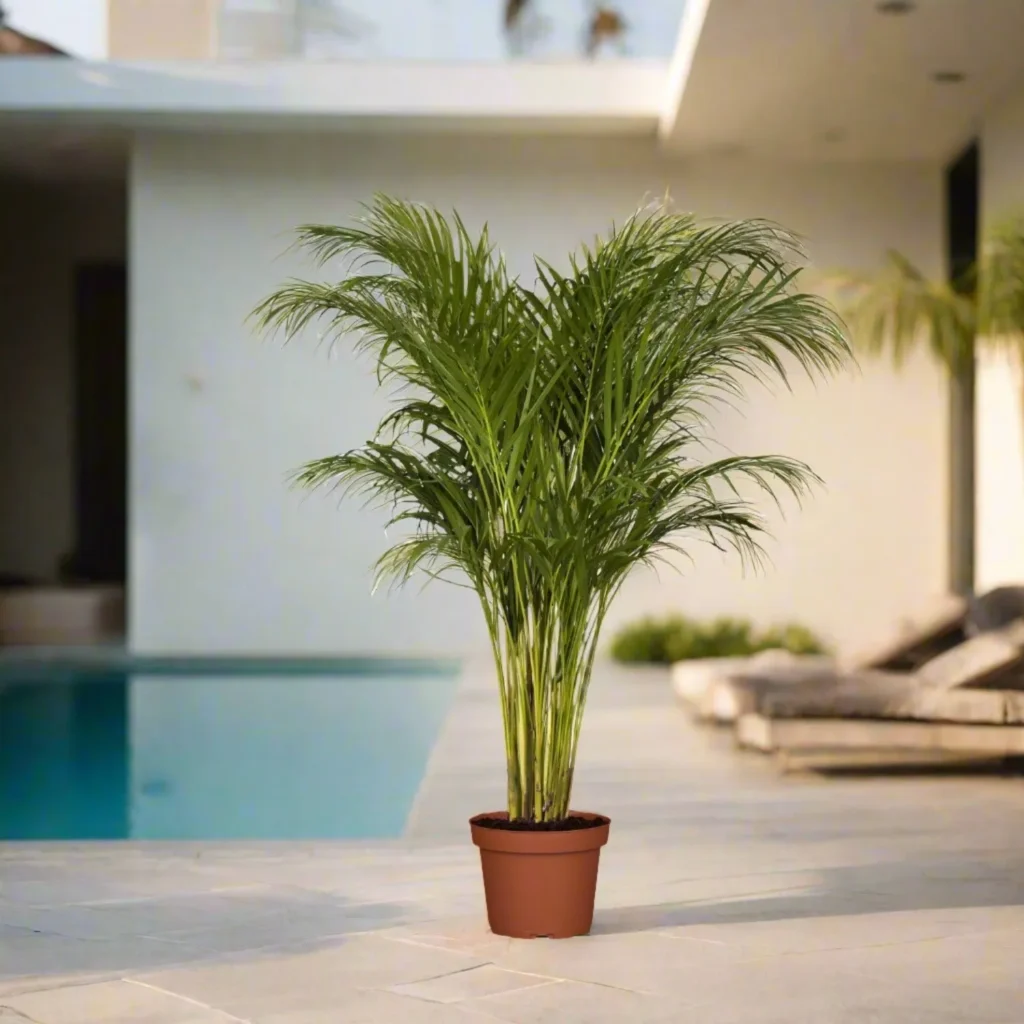
Areca Palm is a tall, tropical plant with feathery fronds, perfect for large spaces. It thrives in bright, indirect sunlight and needs regular watering. This plant increases humidity, making it ideal for dry indoor environments. It’s known for its ability to filter toxins from the air. Additionally, its elegant appearance enhances the aesthetics of any room.
Snake Plant (Sansevieria)

The Snake Plant is one of the hardiest indoor plants with upright, sword-like leaves. It can survive in low light and requires minimal watering, making it beginner-friendly. This plant releases oxygen at night, making it ideal for bedrooms. It also removes toxins like formaldehyde and benzene from the air. Its sleek, architectural form adds a modern touch to interiors.
Peace Lily
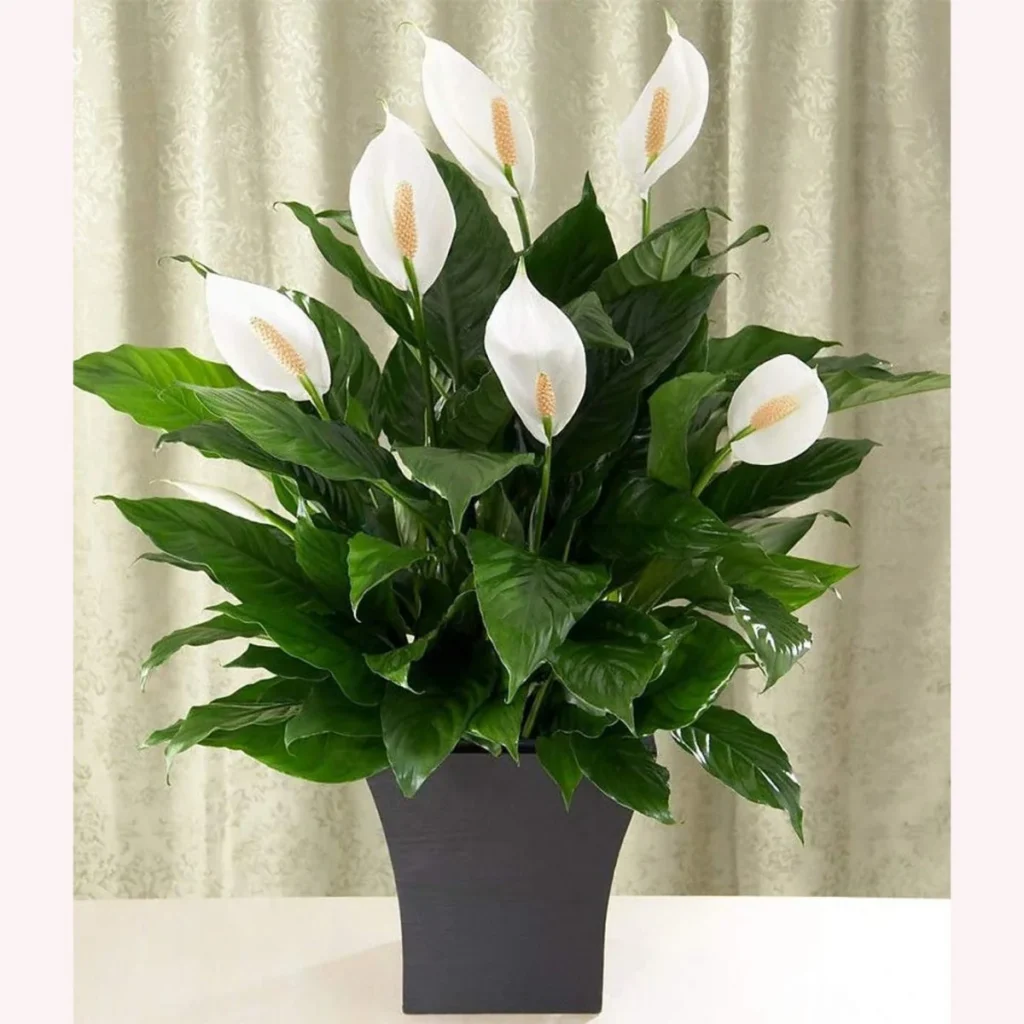
Peace Lilies are flowering plants known for their elegant white blooms. They thrive in low to medium light and require moist soil to stay healthy. These plants purify the air by removing toxins like benzene, carbon monoxide, and mold spores. They’re perfect for improving indoor air quality, especially in bathrooms or humid spaces. Their delicate beauty makes them a popular choice for home decor.
Money Plant (Pothos)
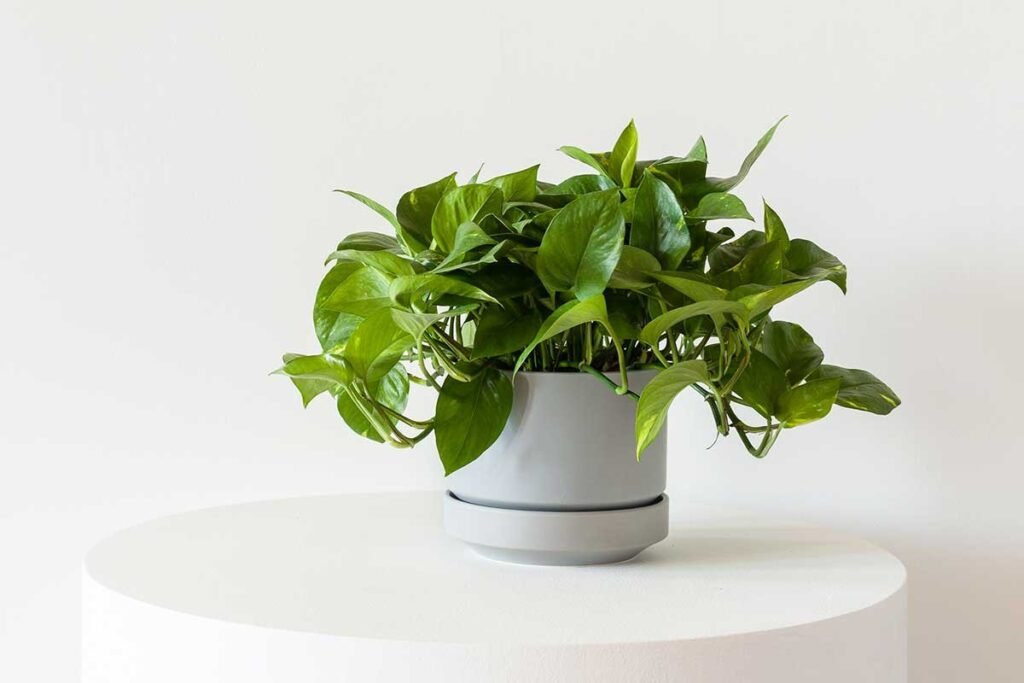
Money Plants are vining plants with heart-shaped green or variegated leaves. They’re extremely easy to grow, requiring minimal care and thriving in both water and soil. Known for their air-purifying properties, they remove indoor pollutants like formaldehyde and xylene. Additionally, they are considered lucky and are believed to attract positive energy. They grow quickly, making them perfect for hanging pots or shelves.
Spider Plant
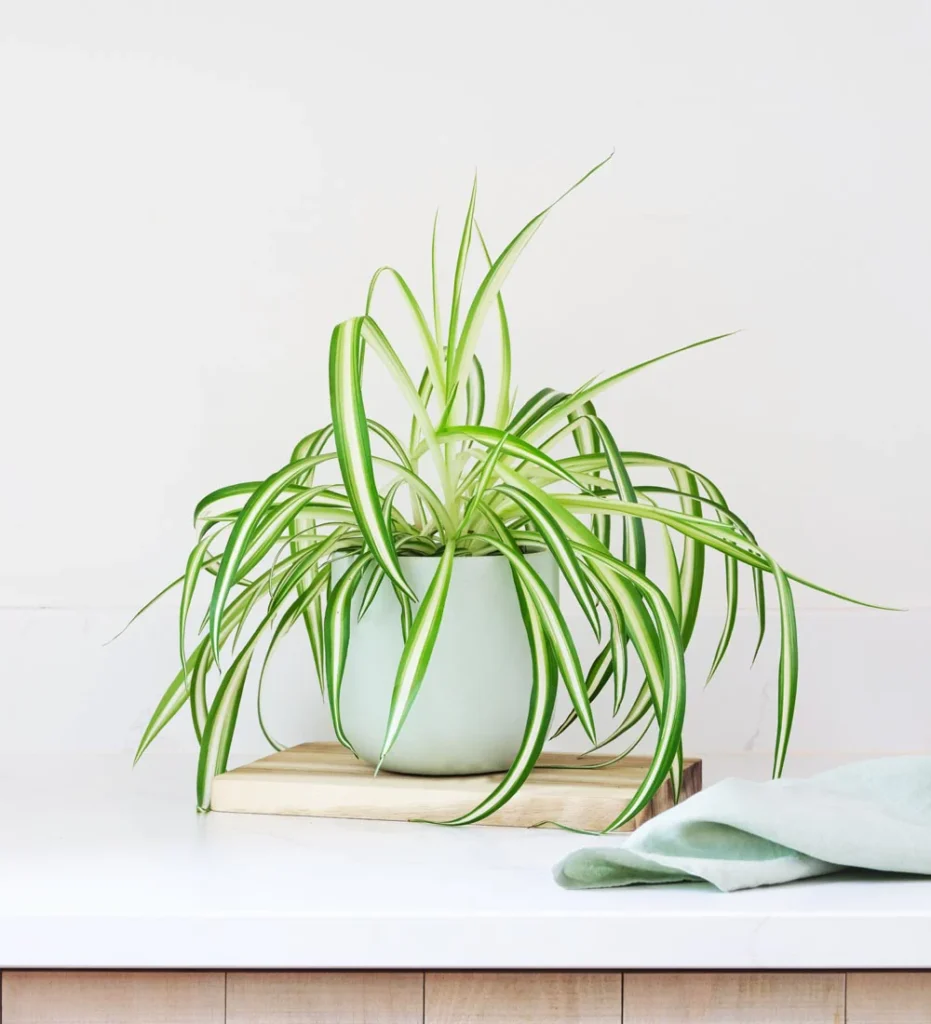
The Spider Plant is a resilient indoor plant with long, arching green leaves and small white flowers. It’s easy to care for and thrives in bright, indirect light. This plant is excellent at removing indoor air pollutants like carbon monoxide and formaldehyde. It’s also child- and pet-friendly, as it’s non-toxic. Its runners with small plantlets make it visually appealing.
Aloe Vera
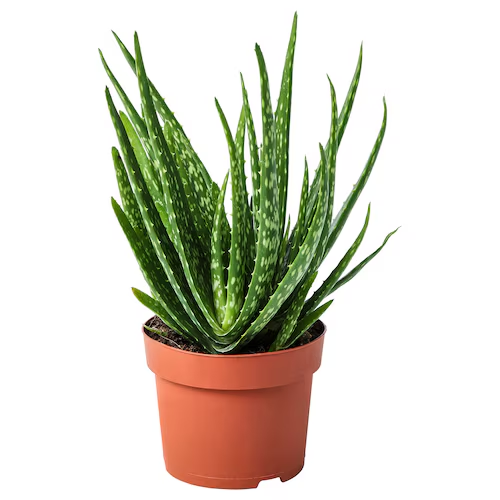
Aloe Vera is a succulent with thick, fleshy leaves that store water. It thrives in bright, indirect sunlight and needs occasional watering. The gel inside its leaves is widely used for soothing burns, skin care, and other medicinal purposes. Aloe Vera also improves air quality by removing toxins like formaldehyde. Its compact size and low-maintenance nature make it a favorite indoor plant.
Rubber Plant (Ficus Elastica)
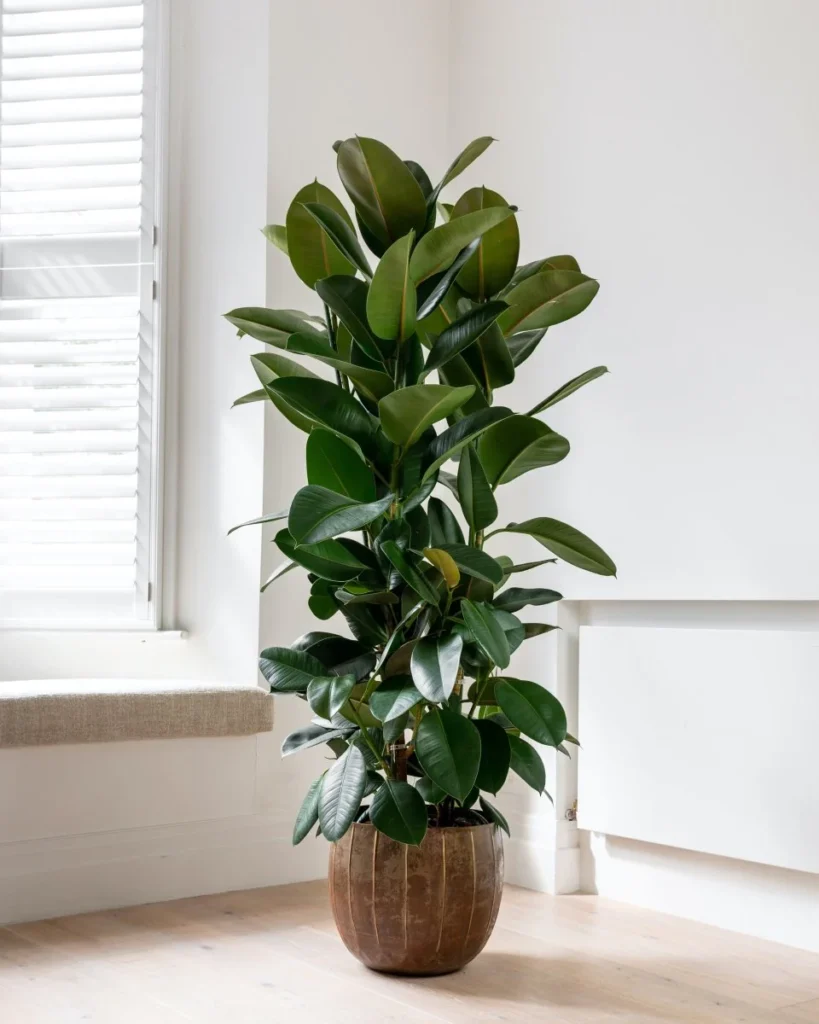
Rubber Plants have broad, glossy leaves that add a bold, modern touch to interiors. They grow well in bright, indirect light and need moderate watering. This plant is effective at absorbing toxins and increasing indoor humidity. It’s a great option for larger spaces, as it can grow tall under proper care. The Rubber Plant’s striking appearance makes it a popular choice for home and office decor.
Succulents (e.g., Jade Plant, Cactus)
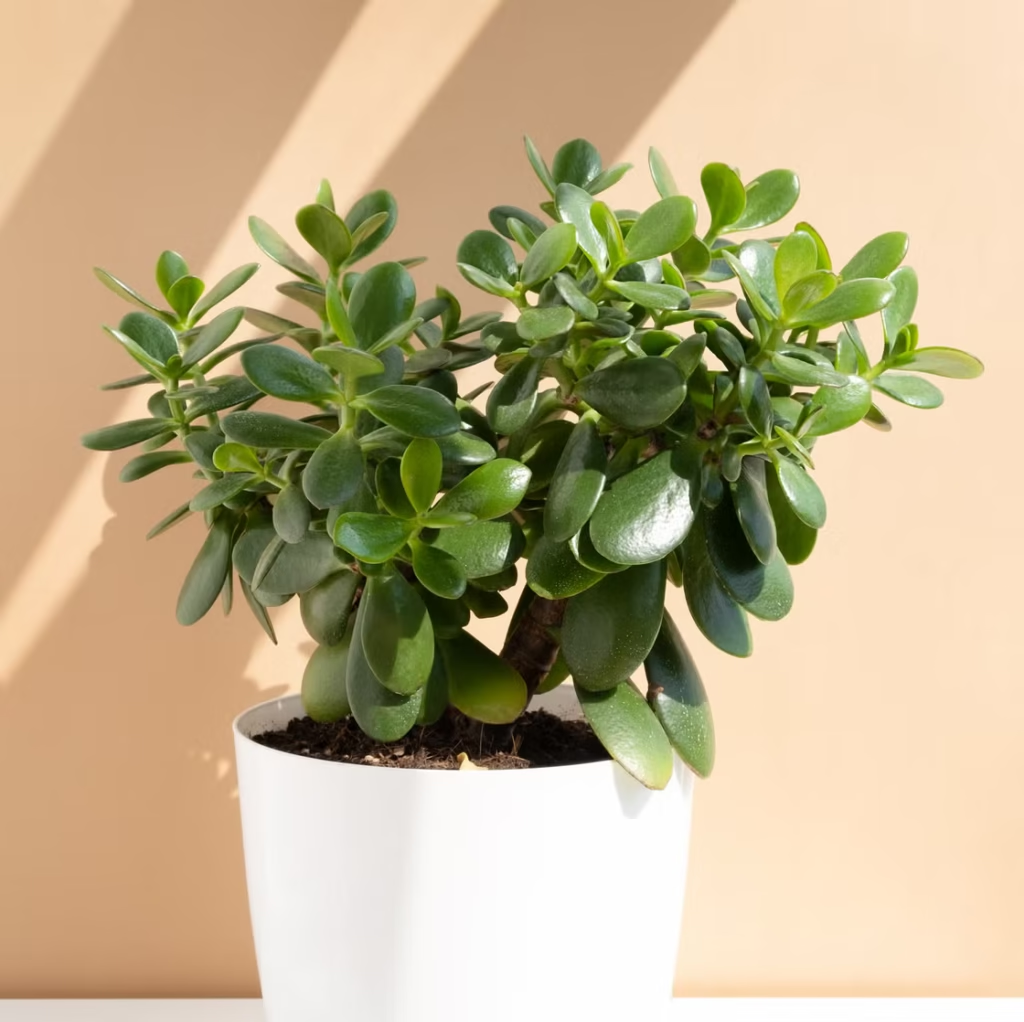
Succulents like Jade Plants and Cacti are drought-resistant with thick, fleshy leaves or stems. They require minimal watering and thrive in bright light, making them ideal for sunny windowsills. Jade Plants are also considered symbols of good luck and prosperity. These plants are compact, making them perfect for small spaces. Their unique shapes add a decorative and modern vibe to any room.
Ferns (e.g., Boston Fern)

Ferns are lush, feathery plants that thrive in humid and shaded areas. Boston Ferns, in particular, are popular for their elegant, cascading fronds. They increase humidity, making them great for dry indoor spaces. These plants are also excellent at filtering toxins from the air. Their vibrant greenery adds a refreshing, natural vibe to any interior.
ZZ Plant (Zamioculcas)
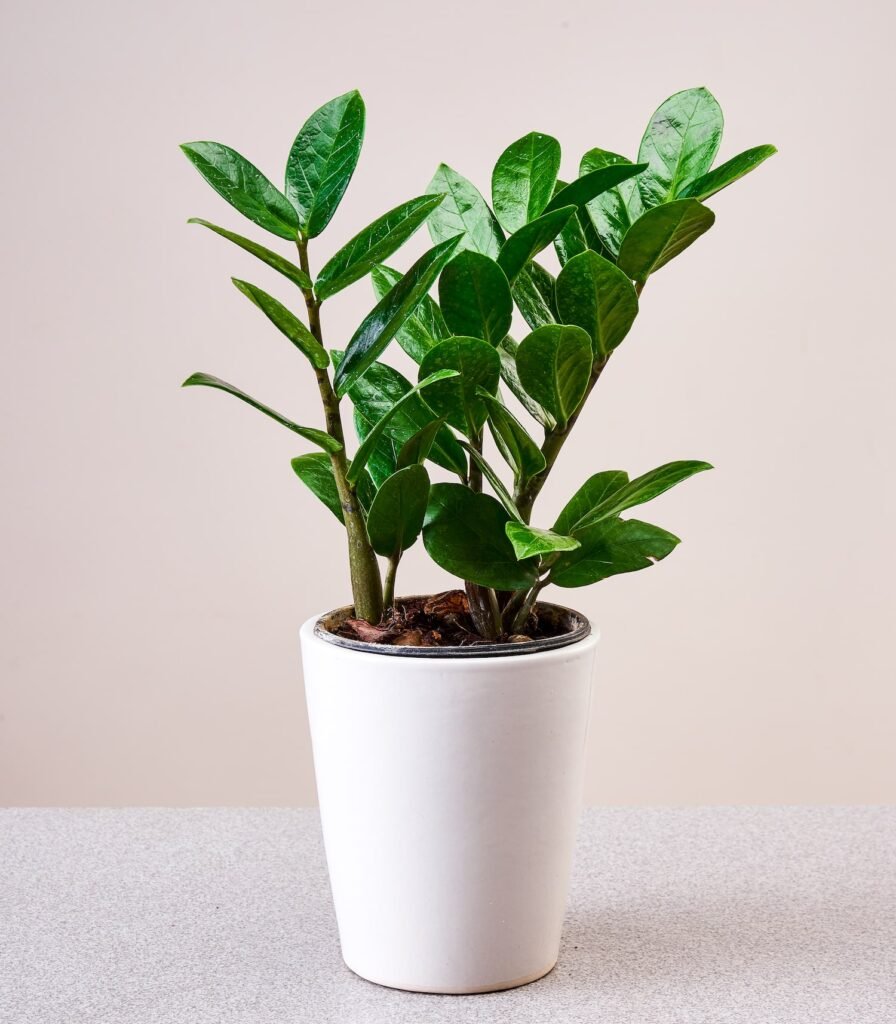
The ZZ Plant is a hardy indoor plant with glossy, waxy leaves. It thrives in low light and needs infrequent watering, making it perfect for busy individuals. This plant is a natural air purifier, removing toxins and improving indoor air quality. It’s virtually indestructible, tolerating neglect and poor conditions. Its sleek, polished look makes it a favorite for modern interiors.
Also Read:
Benefits of Indoor Plants in Nepal
- Improves air quality
- Enhances mental well-being
- Increases humidity
- Boosts aesthetics and decor
- Promotes better sleep
- Reduces noise levels
- Improves productivity and creativity
- Acts as natural air fresheners
- Provides health benefits (e.g., Aloe Vera)
- Encourages eco-friendly living
Conclusion
Indoor plants have become an integral part of urban living in Nepal, offering aesthetic beauty, health benefits, and a connection to nature. With proper care, they can thrive in Nepal’s diverse climate, enhancing air quality and creating a calming atmosphere in homes and offices. By choosing the right plants like Snake Plant, Peace Lily, or Spider Plant, anyone can enjoy the benefits of indoor greenery. Whether for decor, well-being, or sustainability, indoor plants are a simple yet impactful addition to any space.
FAQs
What types of indoor plants are suitable for Nepal’s climate?
How do I care for indoor plants in Nepal?
To keep indoor plants healthy in Nepal, ensure they receive adequate light, maintain proper watering schedules, and use well-draining soil. Regular pruning helps promote healthy growth, and monitoring for pests is essential. Adding perlite and charcoal to the soil mix can improve aeration and prevent bacterial and fungal overgrowth.
Where can I purchase indoor plants in Nepal?
Do indoor plants improve air quality?
How often should I water my indoor plants?
The watering frequency depends on the specific plant species, soil type, and environmental conditions. It’s essential to research the particular needs of each plant. Overwatering is a common mistake, so ensure the soil has proper drainage and allow it to dry out between waterings for most indoor plants.

